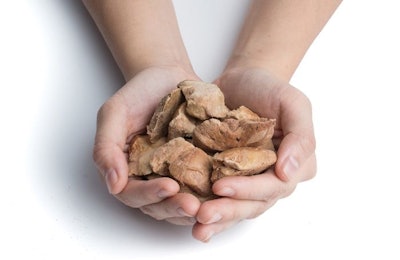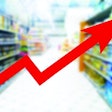
For several years now, the fastest growing pet foods have been the so-called alternative formats, such as freeze-dried, frozen and dehydrated. And yet that growth has applied to very small subcategories, and even after those multiple years of double-digit sales increases, these segments remain relatively tiny.
I’ve heard pet food professionals recently talk about the decline of kibble (one even predicted that reigning format will one day be irrelevant or among the smallest segments), as formats like wet — produced in multiple ways and in different types of packaging — continue to increase, along with the newer ones like freeze-dried and dehydrated. And of course, there are other new formats in development or just starting to appear on the market.
Will any of these newer types of pet food ever break through to truly rival wet and, especially, kibble?
Growth of alternative pet foods in interest, sales
According to NielsenIQ’s recent report, “The state of the pet care industry 2023,” online searches for “dehydrated/dried,” “freeze-dried” and “air dried” all increased within the last year. “Additionally, searches within the all-pet food category for ‘raw’ increased by 35,180 for a total of 161,613 from March 2022 to February 2023,” the report said.
In terms of growth rates in the U.S., freeze-dried and dehydrated pet foods scored the highest, each at 24.7% from 2021 to 2022, the latest full-year retail sales data reported by NielsenIQ. Its report noted that growth rates for both segments appear to be increasing so far in 2023. Frozen pet food dollar sales rose 14.2% from 2021 to 2022; another notable riser was meal enhancers, increasing 19.4%.
Yet these segments’ dollar sales totals all were well below US$1 billion, and their market shares below 5%. Even the largest of these newer formats, dehydrated, reached only US$524 million in 2022, which represented a 4.3% U.S. market share. No doubt the rising popularity of direct-to-consumer pet food brands (many of which are dehydrated) is contributing to the segment’s growth and size, and perhaps that portends well for the segment.
Despite being on the market for a while now, other newer formats haven’t even hit the level that dehydrated has. For example, freeze-dried, the other of the fastest growing segments, still totaled only US$387 million in 2022, a 3.2% market share. Frozen pet food was even lower at US$341 million and a 2.8% market share.
The main barrier: Price
Freeze-dried may continue to grow rapidly and approach the level of dehydrated, because there is more production capacity due to more freeze dryers in the market. But unless these newer segments can reach a certain scale — mainly by convincing more pet owners that less processed foods are best for their pets — the chief barrier to their ever becoming leading segments is price. Frozen pet foods in the U.S. averaged US$7.38 a pound in 2022, while freeze-dried came in at a whopping US$17.14 per pound. (Presumably, the data tracked freeze-dried only foods, versus kibble with freeze-dried mixed in.)
Again, the dehydrated segment offers more hope: It averaged US$3.87 a pound in 2022. While that’s still steep for some pet owners, especially during inflationary periods, it’s right there with natural pet food (a very broad and rather loosely defined category) at US$3.11 a pound and with grain-free at US$3.99 a pound, according to NielsenIQ.
Does this mean dehydrated is the leading candidate to break through and one day approach or even overcome kibble or wet pet food? Perhaps, though I don’t feel confident enough to make that prediction. Who knows, perhaps a format none of us have even conceived of will become that breakthrough new type of pet food.

















